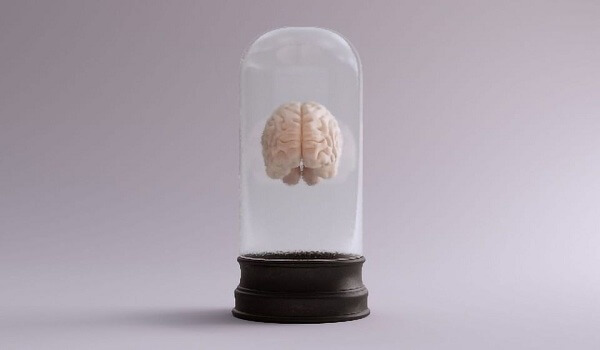A ‘minibrain’ has been developed in the laboratory by scientists at the University of California. This research has been published in the journal Cell Stem Cell. The ‘minibrains’ developed by scientists are known as cerebral organoids.
Minibrain or Cerebral Organoid
- It is developed from stem cells.
- Stem cells are derived either from adult human cells or from human fetal tissue.
- Thus scientists collect adult cells and then expose them to chemicals to restore them to a stem cell-like state.
- Scientists then embed these stem cells in a protein-rich matrix.
- Matrix: It is a substance that helps in the division of cells and forms a 3D shape.
- They look like pinhead-sized clusters of human brain cells.
Importance of minibrain or organoid
- The use of minibrains, or organoids, may also be useful in research, drug development, and computer science.
- These organoids can be helpful in understanding aspects of human biology that are difficult to study in animals (such as mice).
- These can also be developed to include specific types of cells from different areas of the brain.
- It can be used to investigate the origin and possible treatment of nerve diseases.
Stem cell
- These are a special type of cells.
- Stem cells are found in almost all tissues of the body.
- These are necessary for the maintenance of tissues as well as repair after injury.
- These cells have the ability to develop into many different types of cells. Such as blood cells, brain cells, heart muscle cells or bone cells.
- These cells divide in the body to form more cells of their own kind, which are called daughter cells.

